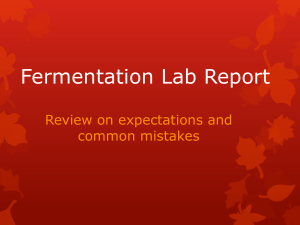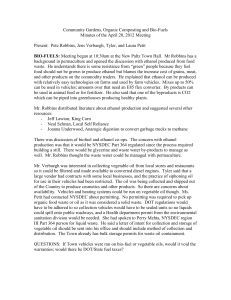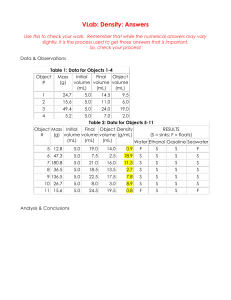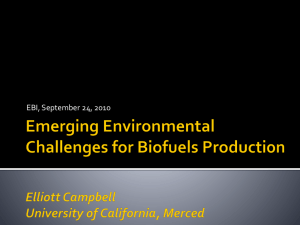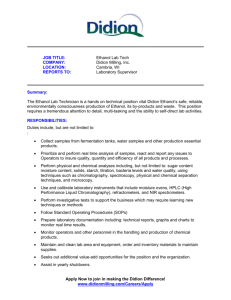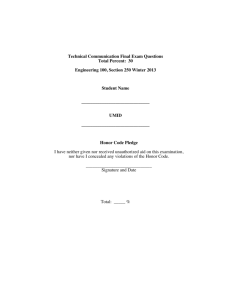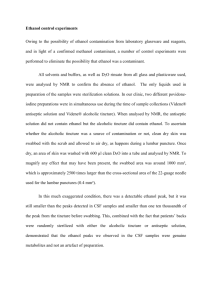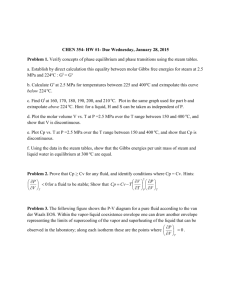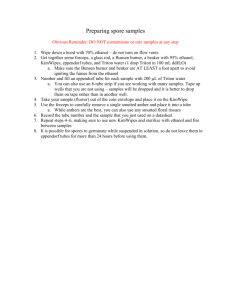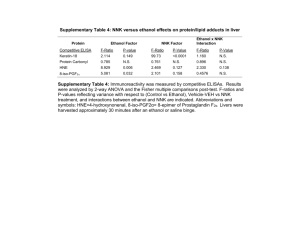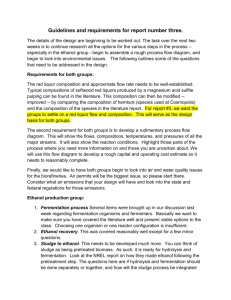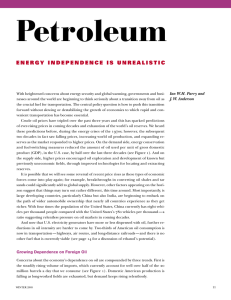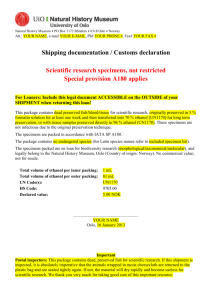more than 300 million tons of carbon dioxide
advertisement
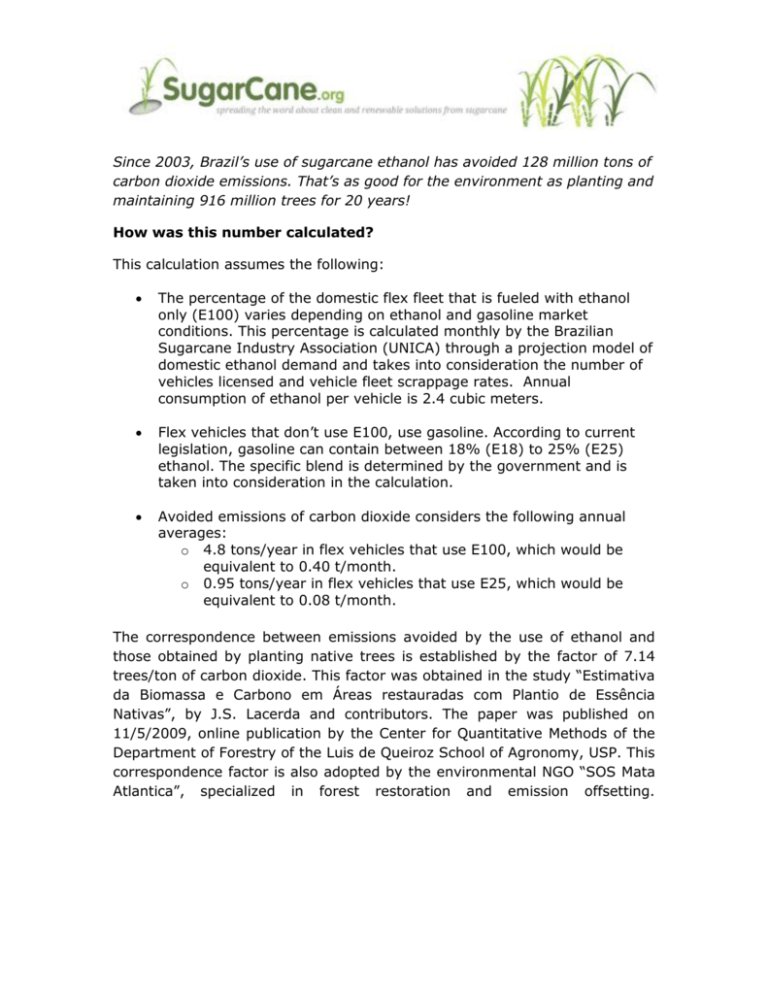
Since 2003, Brazil’s use of sugarcane ethanol has avoided 128 million tons of carbon dioxide emissions. That’s as good for the environment as planting and maintaining 916 million trees for 20 years! How was this number calculated? This calculation assumes the following: The percentage of the domestic flex fleet that is fueled with ethanol only (E100) varies depending on ethanol and gasoline market conditions. This percentage is calculated monthly by the Brazilian Sugarcane Industry Association (UNICA) through a projection model of domestic ethanol demand and takes into consideration the number of vehicles licensed and vehicle fleet scrappage rates. Annual consumption of ethanol per vehicle is 2.4 cubic meters. Flex vehicles that don’t use E100, use gasoline. According to current legislation, gasoline can contain between 18% (E18) to 25% (E25) ethanol. The specific blend is determined by the government and is taken into consideration in the calculation. Avoided emissions of carbon dioxide considers the following annual averages: o 4.8 tons/year in flex vehicles that use E100, which would be equivalent to 0.40 t/month. o 0.95 tons/year in flex vehicles that use E25, which would be equivalent to 0.08 t/month. The correspondence between emissions avoided by the use of ethanol and those obtained by planting native trees is established by the factor of 7.14 trees/ton of carbon dioxide. This factor was obtained in the study “Estimativa da Biomassa e Carbono em Áreas restauradas com Plantio de Essência Nativas”, by J.S. Lacerda and contributors. The paper was published on 11/5/2009, online publication by the Center for Quantitative Methods of the Department of Forestry of the Luis de Queiroz School of Agronomy, USP. This correspondence factor is also adopted by the environmental NGO “SOS Mata Atlantica”, specialized in forest restoration and emission offsetting.
